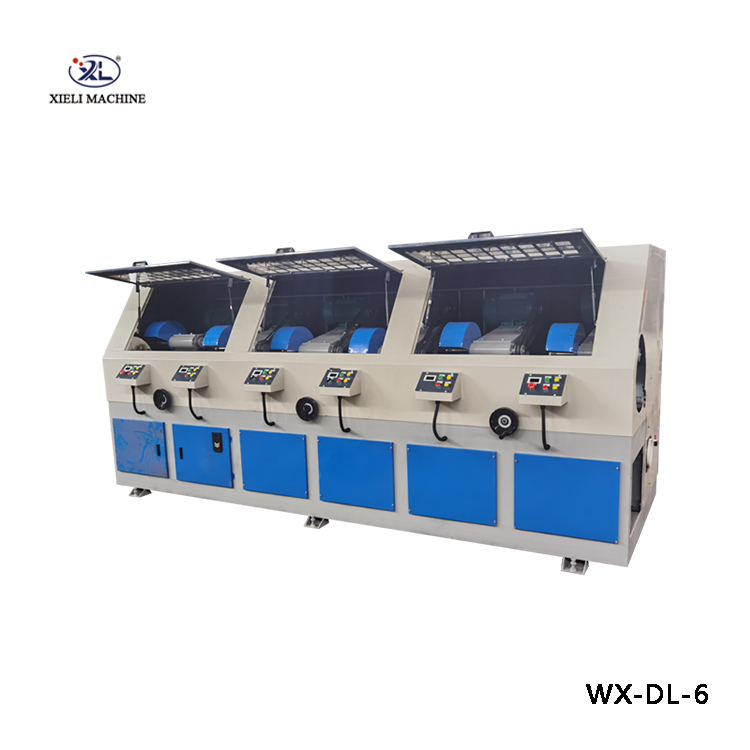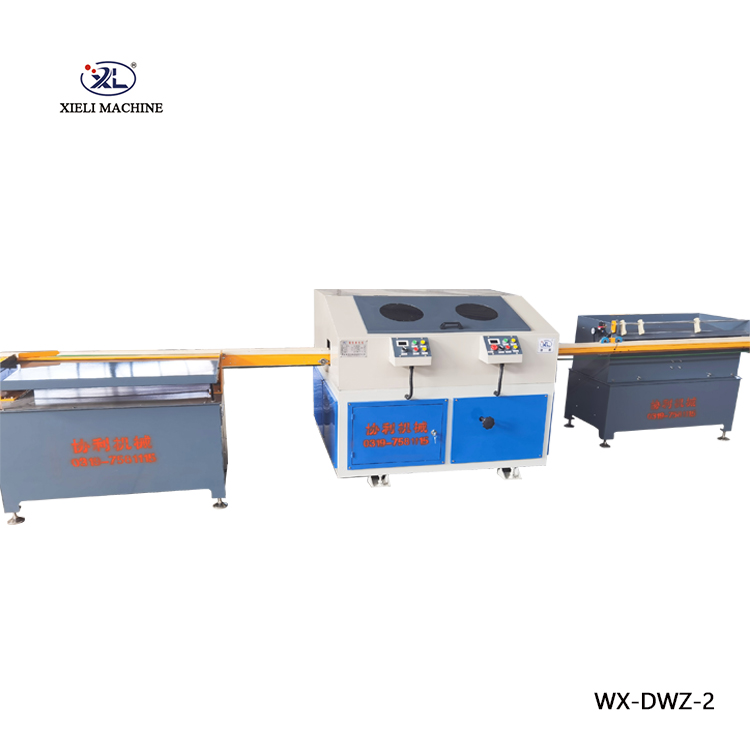Understanding Wholesale Centerless Bar Grinding Machines
In the world of manufacturing and metalworking, precision and efficiency are paramount. One crucial piece of equipment that helps achieve these goals is the centerless bar grinding machine. This versatile machine is pivotal in industries where bar stock needs to be processed to exact specifications, making it an essential tool in various manufacturing settings.
What is a Centerless Bar Grinding Machine?
A centerless bar grinding machine is designed to grind cylindrical workpieces without the need for a fixture to hold them in place. This is achieved by positioning the workpiece between two wheels – a grinding wheel and a regulating wheel. The grinding wheel is responsible for removing material from the workpiece, while the regulating wheel controls the speed and rotation of the bar as it moves through the grinding process.
This method of grinding enables continuous, consistent processing of parts, which significantly increases production rates compared to traditional grinding methods. The absence of a center hole or a chuck allows for more flexibility in handling various sizes and shapes of workpieces.
Advantages of Centerless Grinding
1. Increased Production Efficiency One of the primary benefits of centerless grinding machines is their ability to process multiple pieces simultaneously without requiring additional handling. This results in greater throughput and reduced cycle times.
2. Versatility These machines can grind a variety of materials, including steel, aluminum, and other metals, making them suitable for a wide range of industries, from automotive to aerospace.
3. Precision and Consistency Centerless grinding machines are known for their ability to produce parts with tight tolerances and smooth finishes. This is crucial in applications where precision is a requisite.
4. Cost-Effectiveness By streamlining the grinding process and requiring less manual labor and setup time, manufacturers can reduce overall costs. The longevity and durability of the machine also mean lower maintenance expenses.
wholesale centerless bar grinding machine

5. Minimal Setup Time Centerless machines require less downtime for setup and changeover between products, allowing for more efficient production runs even with different types of workpieces.
Choosing the Right Wholesale Centerless Bar Grinding Machine
When considering the purchase of a centerless bar grinding machine, several factors come into play
1. Specifications Focus on the machine’s specifications including maximum and minimum workpiece sizes, grinding wheel size, and spindle power. Depending on your application, ensure that the machine can handle the range of materials you intend to process.
2. Type of Grinding Determine whether you need a through-feed or in-feed grinding setup. Through-feed is usually suitable for longer bars, while in-feed may be better for shorter parts or those requiring complex profiles.
3. Quality and Reliability Seek machines from reputable manufacturers known for producing high-quality, durable equipment. Reading customer testimonials and reviews can provide insights into machine performance and reliability.
4. Service and Support After-sale service is crucial. Ensure that the manufacturer or supplier provides comprehensive support, including maintenance, training, and readily available replacement parts.
5. Cost and Availability Pricing can vary widely among suppliers. It’s essential to compare prices, but also weigh the importance of features and support. Wholesale purchases often come at a discount, so it’s worth exploring bulk buying options.
Conclusion
Wholesale centerless bar grinding machines are critical assets in modern manufacturing that enhance productivity, precision, and cost-efficiency. As industries continue to advance and evolve, investing in the right grinding technology will ensure that businesses remain competitive while meeting the high standards of quality that customers demand. Whether you are a small workshop or a large manufacturing facility, understanding the nuances of centerless grinding can lead to significant operational improvements and a stronger bottom line. Choosing the right machine tailored to your specific needs will be a crucial decision in achieving your production goals.





